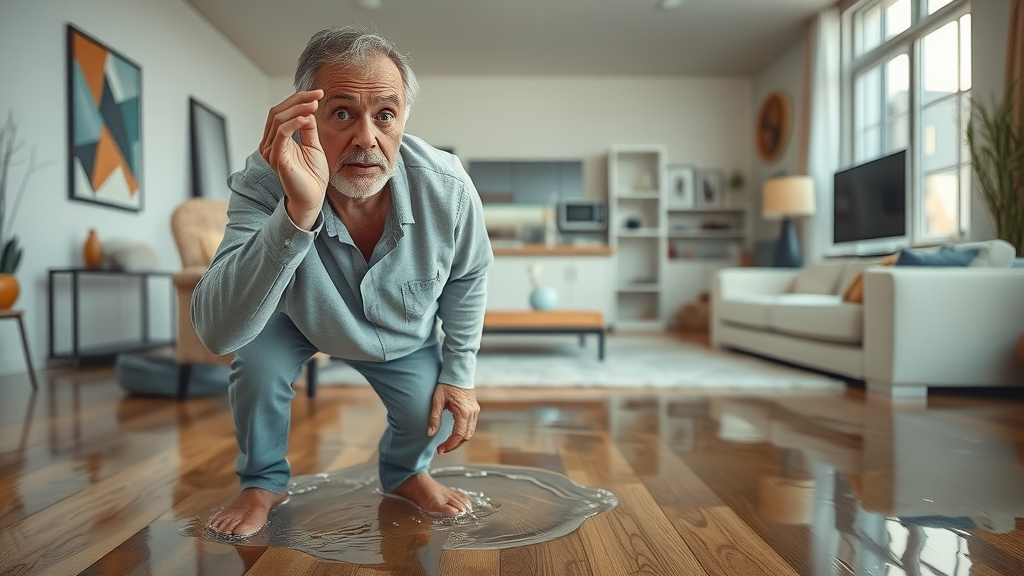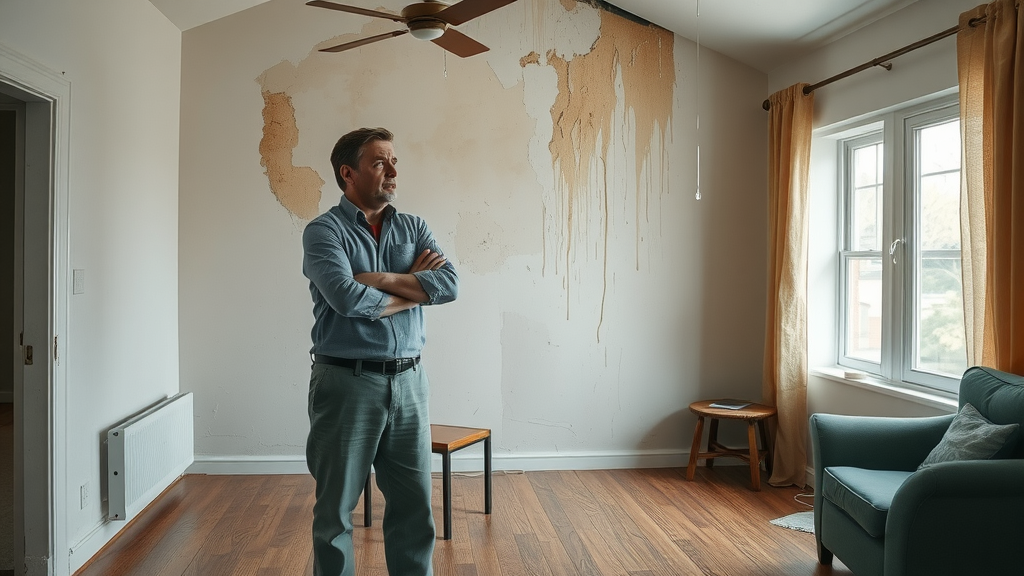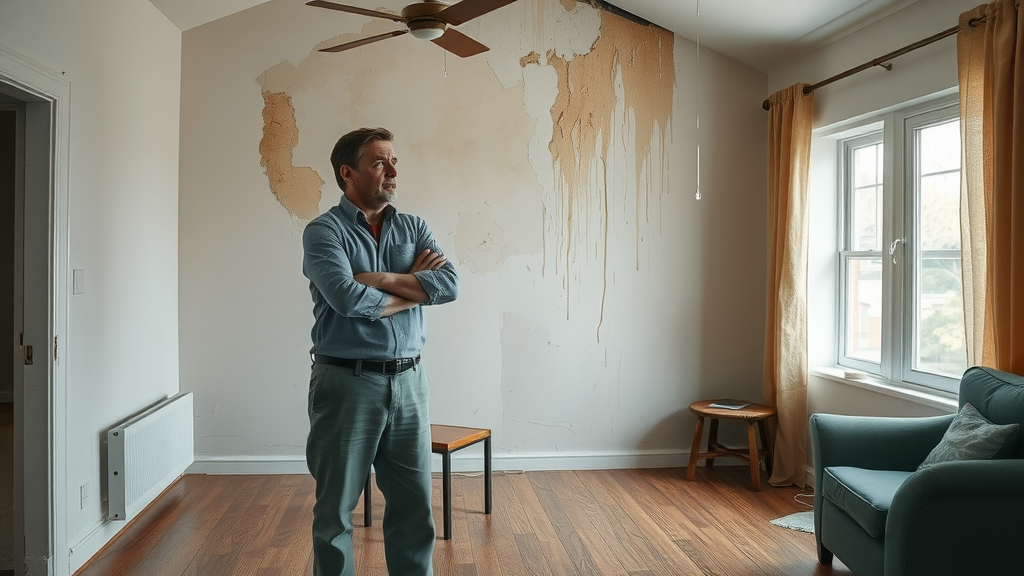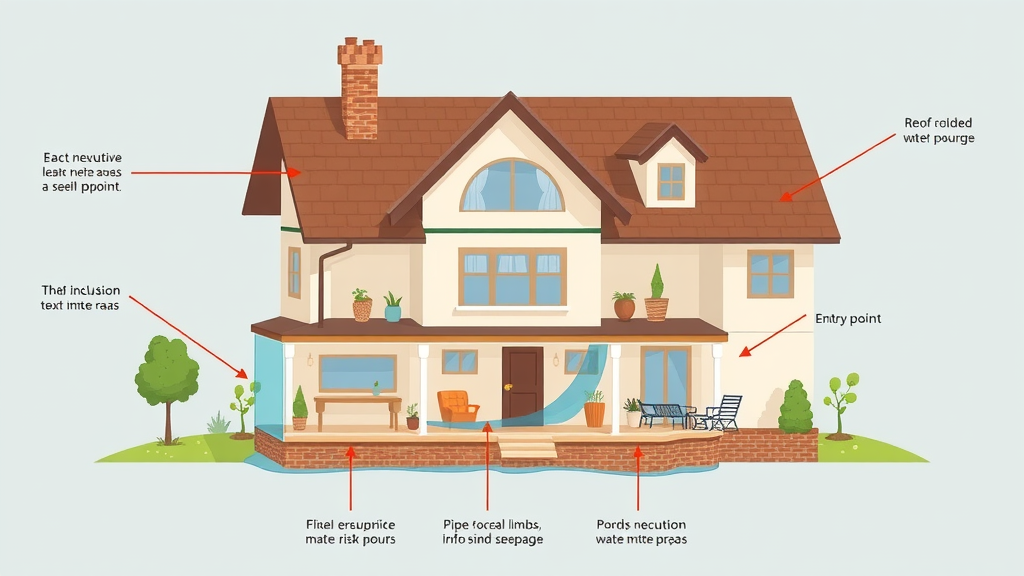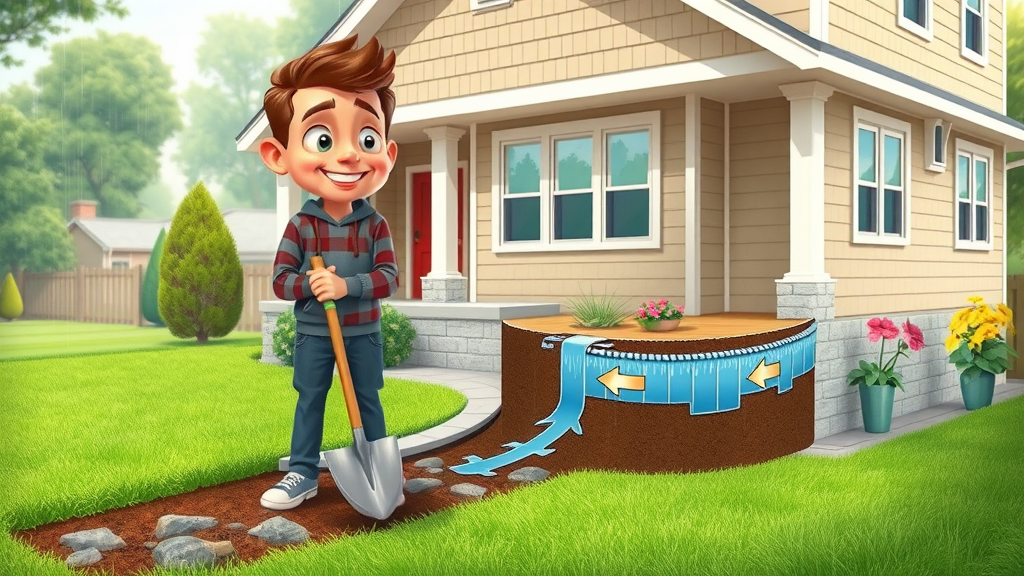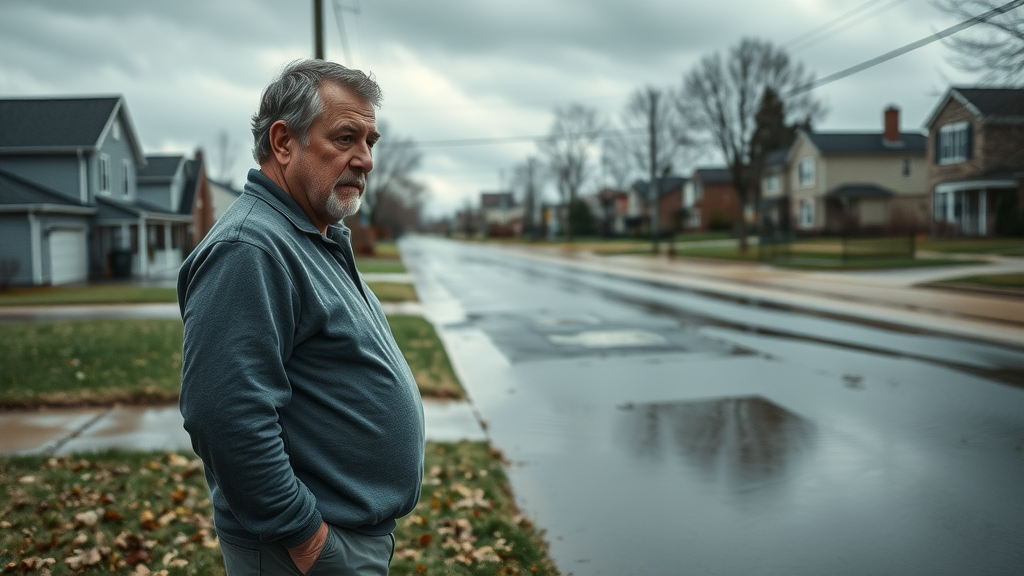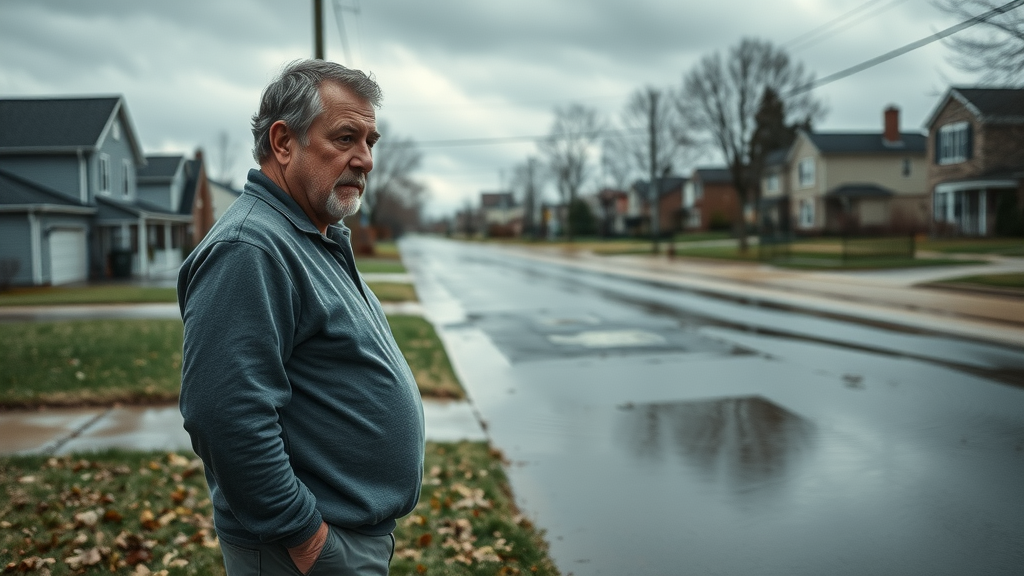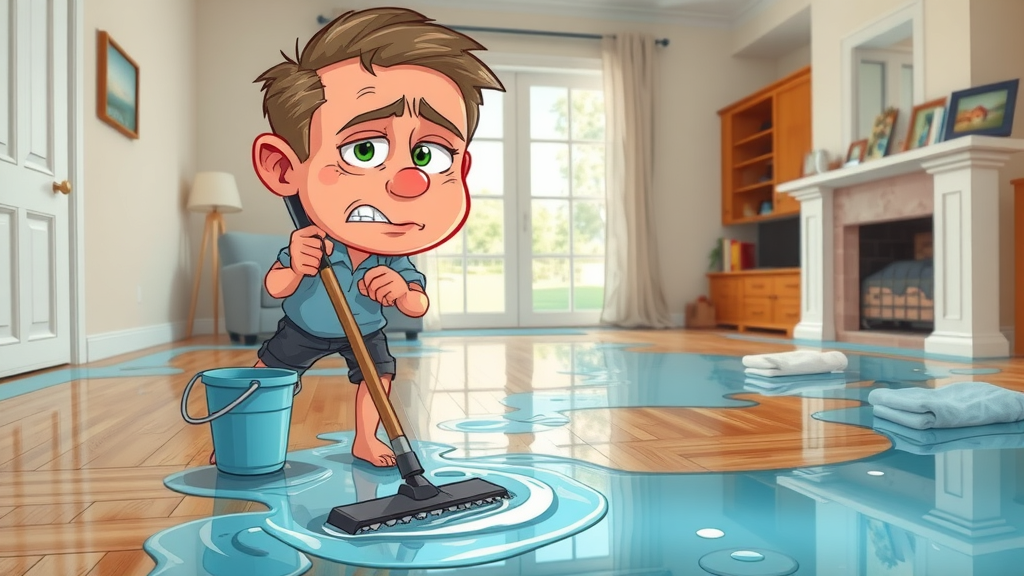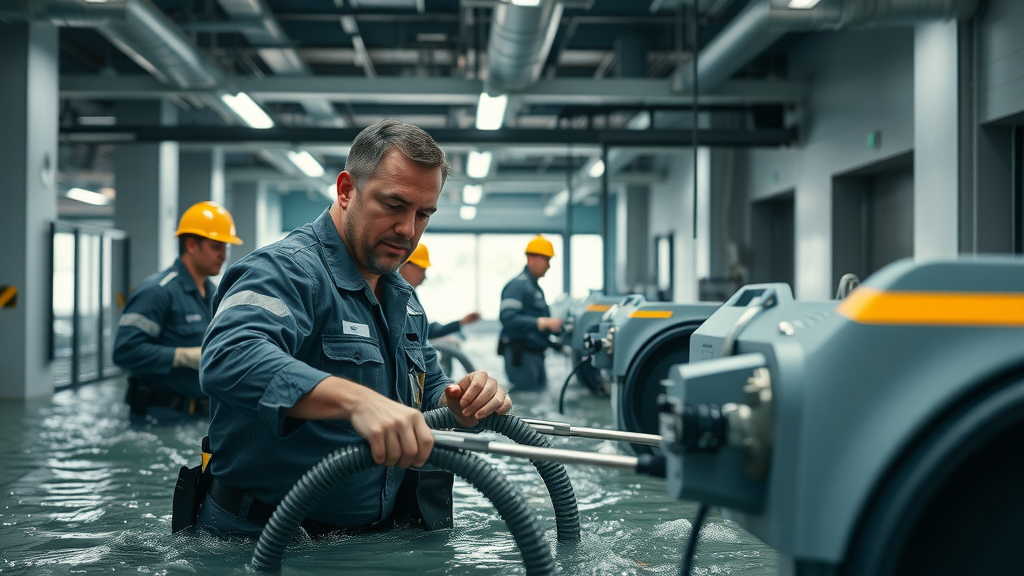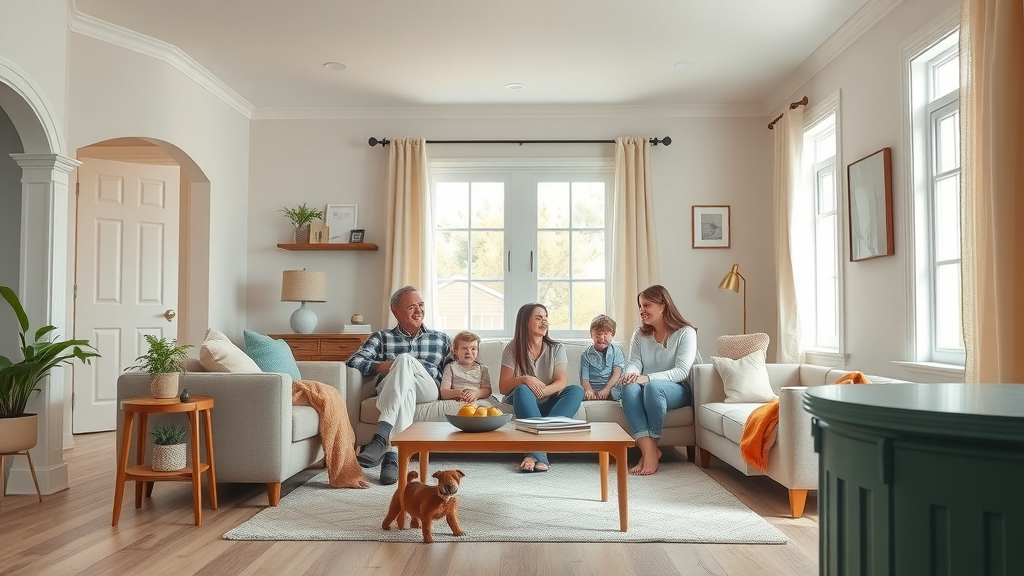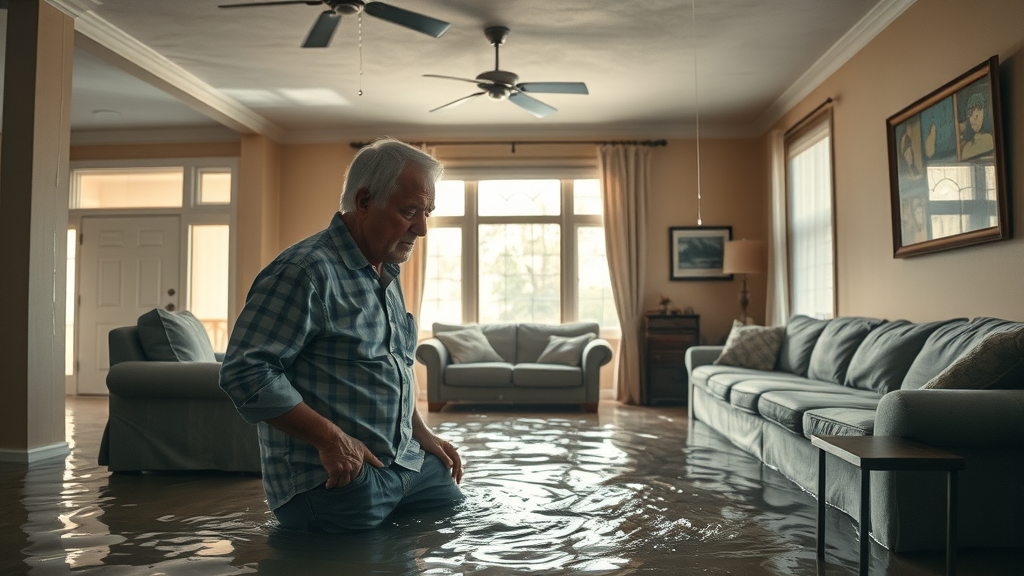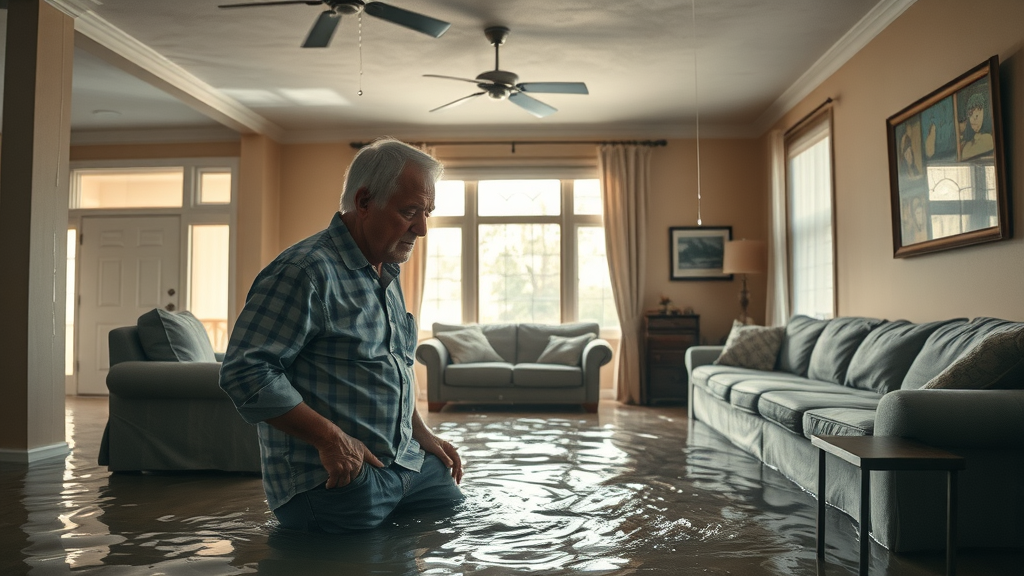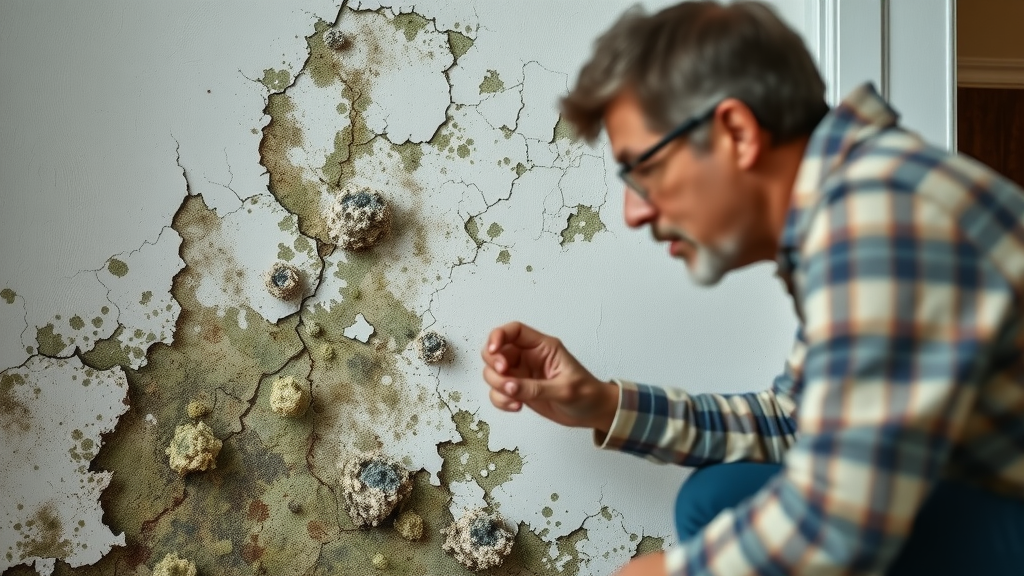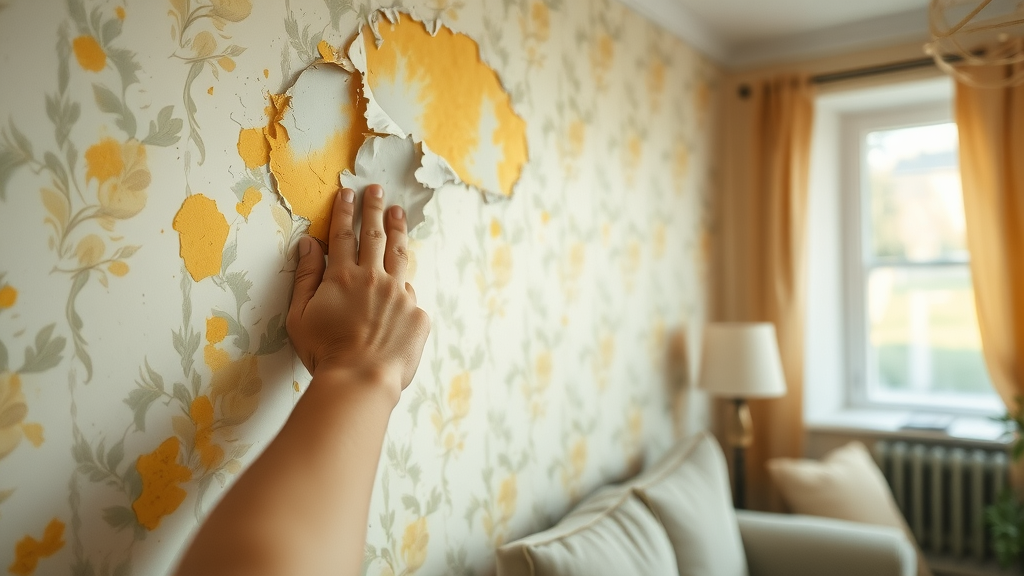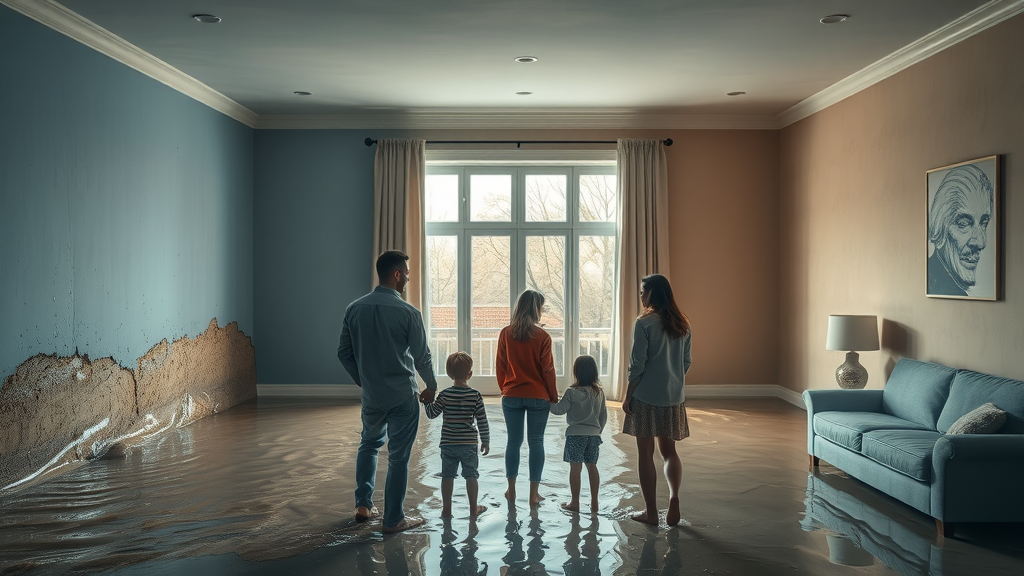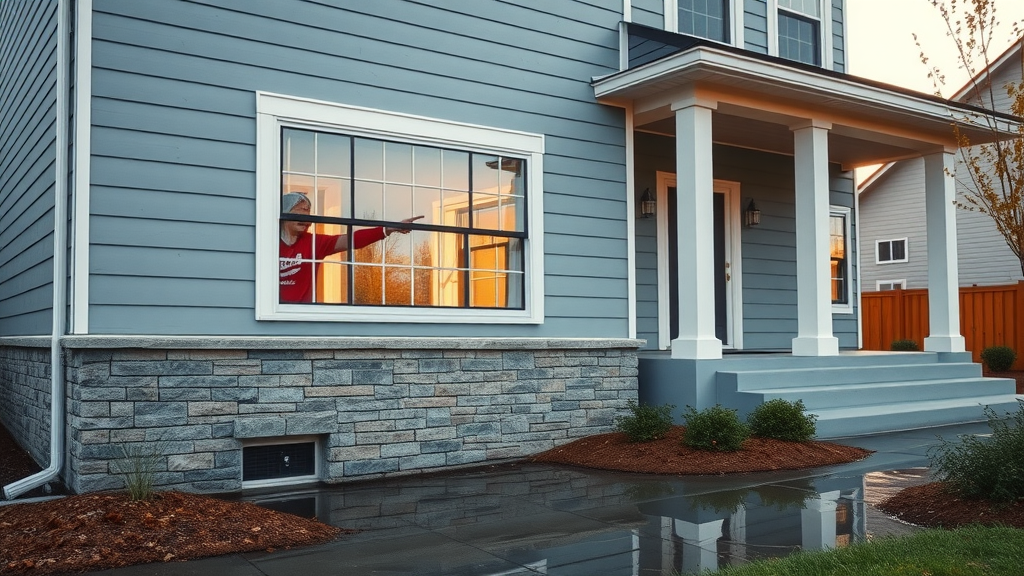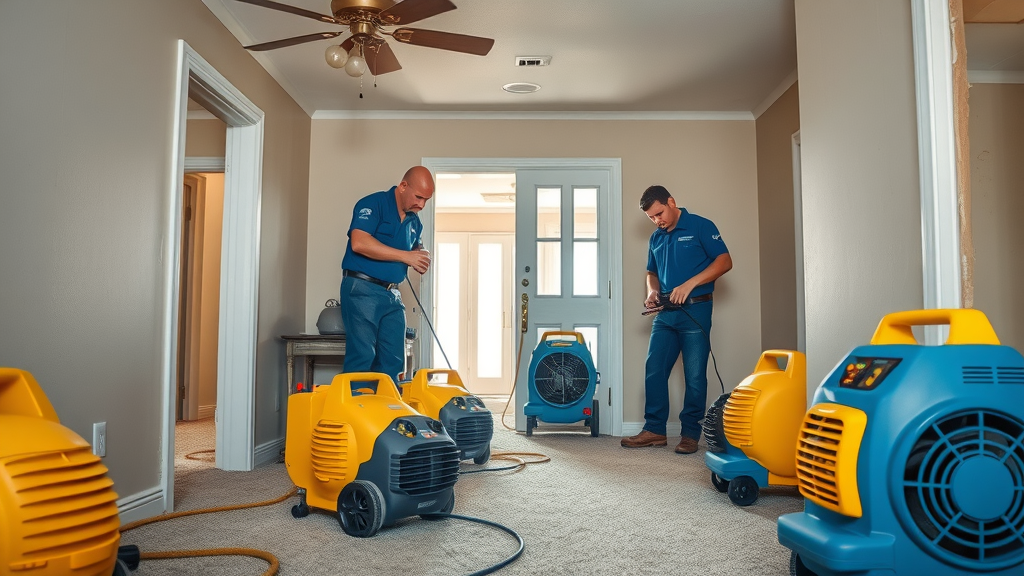Did you know 1 in 50 homeowners file a water damage claim each year? That means water disasters strike far more often than most realize—and every minute matters. If you discover water flooding your Lexington SC home or business, waiting is not an option. Emergency water extraction is your first and most critical defense in saving walls, floors, and treasured belongings from lasting damage. This guide explains precisely why immediate action is so vital, what you can expect from the water removal process, and how to find trusted professionals for rapid recovery. Your property’s future hinges on what you do next—let’s get started.
Unveiling the Urgency: Why Emergency Water Extraction Can’t Wait
“According to the Insurance Information Institute, 1 in 50 homeowners file a water damage claim each year—swift action is your best defense.”
When it comes to water damage, every second counts. The longer excess water sits in your home or business, the deeper it seeps into walls, subfloors, carpets, and even the foundation. This can quickly lead to structural deterioration, persistent mold growth, and escalating repair costs that put your insurance policy to the test. Emergency water extraction is designed for these urgent moments—removing standing water rapidly to prevent the worst-case scenarios before they occur. Whether it’s a burst pipe, flood water from storms, or a failed sump pump, immediate action is crucial to minimize damage and facilitate a faster return to normal.
Neglecting instant emergency water removal can turn a manageable situation into a full-blown crisis. Water damage doesn’t just threaten the visible areas—it seeps behind drywall, under hardwood floors, and into crawl spaces where it often goes unnoticed until major structural issues or harmful mold colonies appear. That’s why calling a professional extraction service is your smartest move. Not only do certified agencies have the gear to remove the water faster than DIY methods, they also know how to identify and address hidden threats. In Lexington SC, rapid professional intervention means avoiding significant long-term costs and stress.
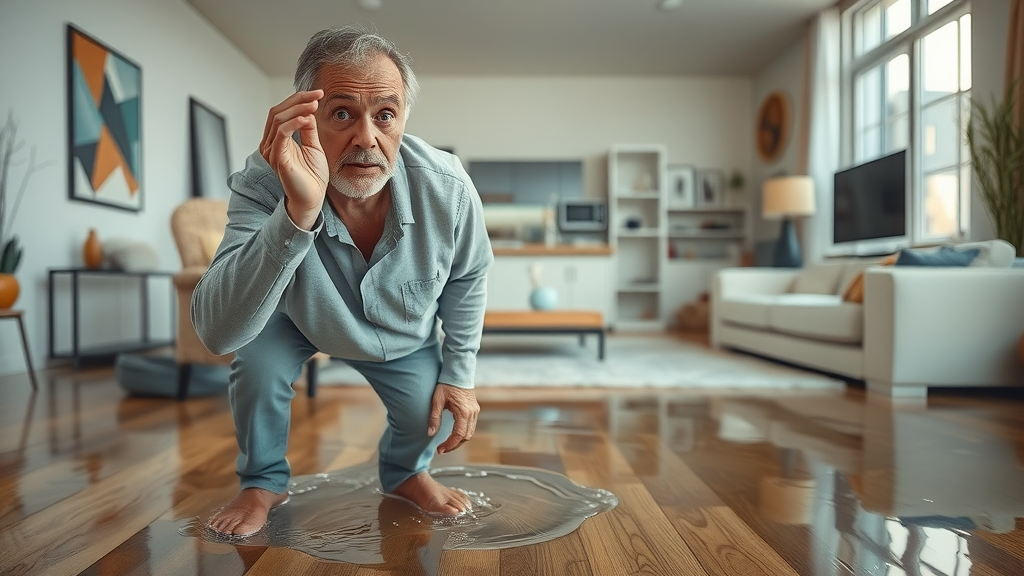
What You’ll Learn About Emergency Water Extraction
- How emergency water extraction prevents costly water damage
- The step-by-step emergency water removal process
- The critical role of professional water extraction services
- Answers to People Also Ask (PAA) water emergencies
- Actionable steps to connect with reliable extraction services in Lexington SC
Understanding Emergency Water Extraction and Water Removal
What is Emergency Water Extraction?
Emergency water extraction is an immediate response process designed to stop ongoing damage from sudden or accidental intrusions—like flood water, a burst pipe, or failed appliances. The goal is to block further damage by using specialized equipment to remove the water as swiftly and efficiently as possible. Professionals deploy high-powered pumps, industrial wet vacuums, and moisture meters to ensure no excess water is left behind, especially in hard-to-reach spaces. Unlike regular cleaning, emergency extraction tackles large volumes in a crisis, minimizing the health and structural risks associated with prolonged moisture exposure.
This prompt service is essential not just for homes, but for businesses that rely on safe, dry conditions to operate. By using this process, you’re preventing the spread of moisture into areas like insulation, electrical systems, and wooden structures—all of which can become breeding grounds for mold or present fire risks if left damp. Equally important, the water extraction process ensures the rest of your damage restoration plan is built on a dry, stable foundation.

How Water Extraction Differs from Water Damage Restoration
It’s easy to confuse emergency water extraction with damage restoration. Extraction is just the crucial first step—removing as much water as quickly as possible to prevent immediate devastation. In contrast, water damage restoration is a comprehensive, multi-stage process involving assessment, drying, sanitization, and the full repair of affected areas. While extraction gets water out, restoration gets you back to normal by addressing warped floors, damaged drywall, odors, mold issues, and more. Professional extraction services often bundle both into a single offering, using specialized gear to move through each phase efficiently. Knowing this distinction helps you understand what services are most urgent when disaster strikes.
Relying solely on DIY water removal, such as a shop vacuum or mop, is rarely effective for severe emergencies. Without the right tools and know-how, hidden moisture lingers, resulting in unseen deterioration or hazardous mold. That’s why water damage restoration professionals in Lexington SC deploy both emergency extraction and robust restorative practices. This layered approach ensures both quick relief from standing water and comprehensive repair of your property’s structure and safety.
The Importance of Fast Response in Water Damage Situations
Every hour that excess water remains in a building, the damage multiplies. Rapid emergency water extraction is about more than just saving floors or walls—it’s about protecting your health, safeguarding your investment, and maintaining safe living conditions. Mold can begin growing in as little as 24 hours following water exposure, and electrical hazards escalate in wet environments. Fast, professional extraction stops this chain reaction and launches the drying process—shaving days or even weeks off the recovery timeline. It’s this speed that insurance companies and disaster recovery specialists cite as a key factor for reducing claim costs and ensuring the water clean job is thorough enough to prevent repeat problems.
By reaching out to a proven extraction service immediately, you leverage cutting-edge technology (like industrial fans, dehumidifiers, and moisture meters) and specialized restoration techniques specific for Lexington SC climates. Quick action also creates a paper trail for your insurance company and provides an essential baseline for all water damage restoration efforts. Remember, the longer you wait, the greater the risk and higher the expense.
| Service | Primary Focus | Key Activities | Timeline |
|---|---|---|---|
| Emergency Water Extraction | Immediate water removal | Standing water extraction, initial drying, moisture detection | Hours to 1-2 days |
| Damage Restoration | Complete property repair | Drying, cleaning, sanitizing, repairs, mold prevention | Several days to weeks |
| Restoration Services | Full-scope recovery | Emergency extraction plus full rebuilding, insurance coordination | Start-to-finish timeline |
The Water Extraction Process: Step by Step
- Assessment and Identification of Water Damage: Professionals inspect the affected area to determine the amount of water, types of materials affected, and potential hazards. They use advanced moisture meters to ensure an accurate picture.
- Emergency Water Removal: High-powered pumps and vacuums extract standing water throughout the property, including basements, carpets, and under flooring, addressing both visible and hidden water.
- Drying and Dehumidification: Industrial fans and dehumidifiers target residual moisture, a process essential to preventing mold and long-term structural damage. The drying time varies depending on the amount of water and the affected materials.
- Disinfection and Sanitization: Technicians treat all impacted surfaces to kill bacteria and prevent odors, ensuring a safe, healthy environment before restoration continues.
- Ongoing Water Damage Monitoring: Routine checks and moisture tests confirm all levels are safe, safeguarding against recurring problems and helping you get back to normal.
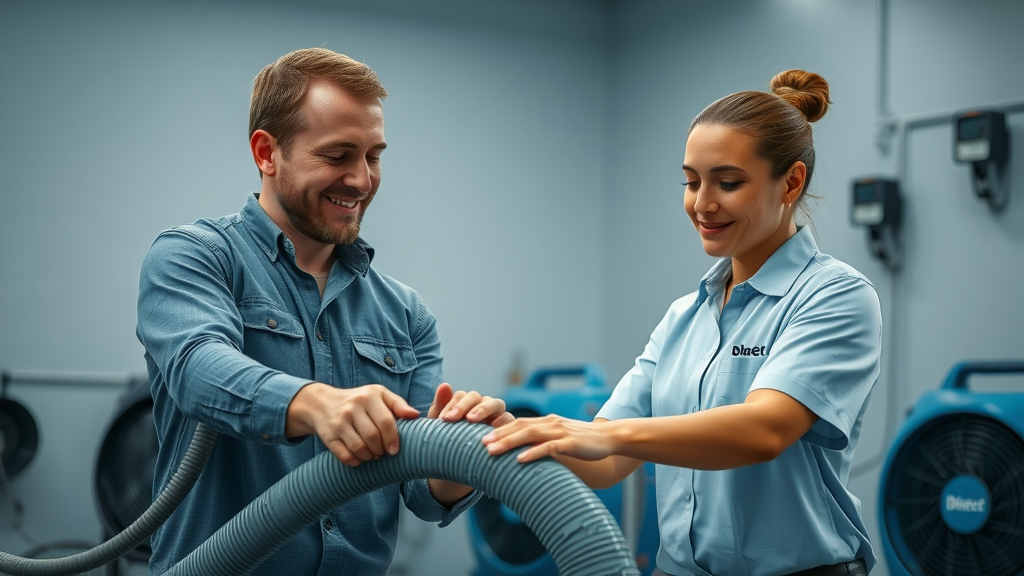
Why Professional Water Extraction Services in Lexington SC Matter
Expertise and Modern Equipment for Complete Water Removal
When disaster strikes, there’s no substitute for an experienced, certified team’s quick action. Professional water extraction services in Lexington SC arrive with a wealth of expertise—and critically, the right tools for the job. High-capacity pumps, rapid-drying fans, specialized dehumidifiers, and sensitive detection devices allow them to remove the water fully, including hidden moisture lurking beneath floors or inside walls. This technology, combined with years of specific damage restoration experience, means no excess water escapes detection. You get peace of mind knowing your property is in capable hands and on the fastest path to recovery.
“Attempting a DIY solution often leads to incomplete water removal and hidden damage—professional intervention is a must.”
Not only does a trusted extraction service bring the best gear, they also tailor their removal process and drying strategies to your property’s unique needs. They mitigate health hazards from contaminated water or missed moisture pockets, ensuring safety for your family or business. Don’t take chances with shortcuts—invest in proven restoration services and safeguard your investment.
24/7 Emergency Water Extraction Service for Immediate Action
Water emergencies rarely happen during business hours. That’s why leading water extraction services in Lexington SC offer true 24/7 rapid response. The moment you discover a crisis, trained dispatchers coordinate technicians straight to your door—ready to assess, extract, and launch the drying process before the damage spreads. This around-the-clock commitment is a hallmark of professionalism and has helped countless homeowners and commercial enterprises dodge devastating repair bills. When every minute matters, it pays to have a team whose only job is to put your water damage emergency at the front of the line.
Furthermore, immediate intervention helps with record keeping for insurance policy claims, giving you the documentation and confidence to pursue support if you have flood insurance or disaster recovery coverage. The faster you act, the faster your property can return to safe, functional condition.
How Restoration Services Prevent Mold and Long-Term Damage
One of the most destructive aftereffects of water emergencies is mold. In just 24–48 hours, lingering dampness creates perfect conditions for rapid mold growth—threatening health and inflicting exponential damage. Professional water extraction services go beyond simply removing standing water; they use moisture meters and specialized drying to zero in on hidden wet spots behind drywall, under floors, and within HVAC systems. Their precisely calibrated process ensures every drop is gone—dramatically reducing both mold risk and the chances of costly, future restoration work.
Top-tier restoration services also treat at-risk areas with antimicrobial solutions and conduct thorough air and surface quality tests before project completion. This level of care is what brings your property back to normal and keeps your family or business safe from the unseen dangers of post-flood contamination.

People Also Ask About Emergency Water Extraction
How to obtain water in an emergency?
In most emergencies, obtaining clean water for consumption is crucial. If your water supply is compromised due to a water emergency or flooding, use bottled water whenever possible. If that isn’t available, collect water from a reliable source—such as a covered well, rain collection, or melting ice. Always purify water before use: boiling is best, but water purification tablets or household bleach (without additives) are effective for killing bacteria and viruses in a pinch. Remember, handling a water emergency in your property requires a different approach, as removing the water promptly helps protect your health and structure.
What should I do immediately after water damage?
The most important action after water damage is safety. Turn off power in affected areas to minimize risk of electric shock, then evacuate if necessary. Contact a trusted emergency water extraction service right away—every minute counts to prevent structural damage and mold growth. Take photos of the damage for your insurance company and remove valuable items from direct water exposure if you can do so safely. Leave the bulk of the water removal and drying to professionals, as they have equipment and training for thorough and safe recovery.
Where can I get water in an emergency?
If you need water for drinking or cleaning in a disaster, bottled water is safest. Emergency shelters, distribution points set up by the city, or friends’ homes outside the affected area are good options. Avoid using tap water if your provider warns of contamination. If those options aren’t available, boil water from a trusted lake, river, or well for at least one minute to kill pathogens, or use chemical purification. In a property disaster, a prompt response by professional water removal teams will handle contaminated indoor water quickly and efficiently.
What is the best way to purify water in an emergency?
Boiling remains the safest way to purify water in a water emergency situation. Bring water to a rolling boil for at least one minute (three if at high altitude) to kill bacteria, protozoa, and viruses. If boiling is not possible, use water purification tablets, iodine, or chlorine bleach as directed—but never combine purification methods unless advised by emergency officials. Always filter visibly dirty water through a clean cloth or coffee filter first. For water damage restoration in your property, sanitation involves not just water quality but also cleaning affected surfaces with professional-grade antimicrobial agents.
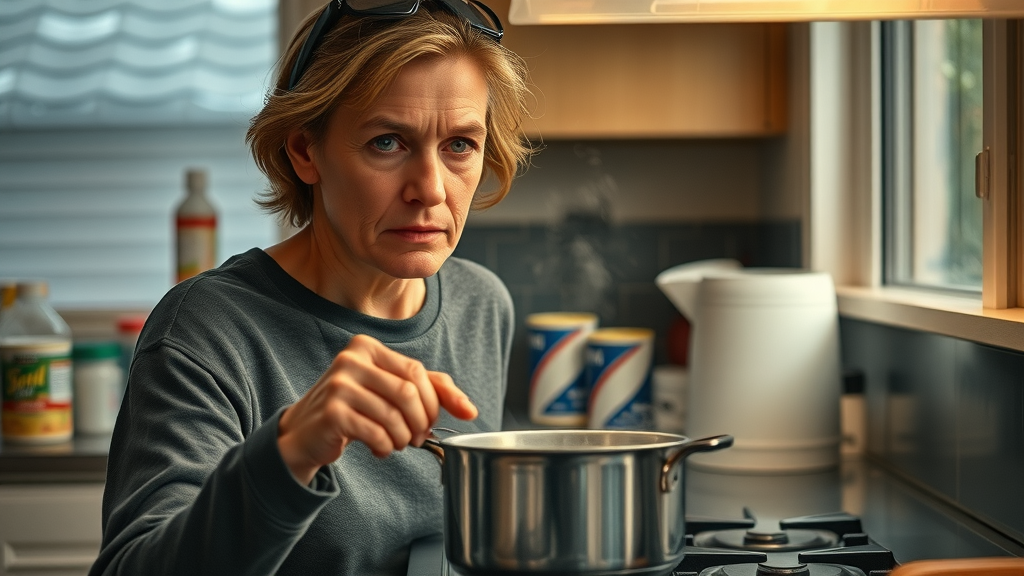
Key Features of Trusted Emergency Water Extraction Service Providers
- Licensed and insured professionals
- Rapid-response teams
- Comprehensive water removal and damage restoration
- Advanced drying technology
- Full-service damage restoration and insurance coordination
Common Mistakes to Avoid After Water Damage
- Delaying emergency water extraction
- Attempting water removal without professional involvement
- Ignoring potential for mold growth
- Underestimating hidden water damage restoration needs

FAQs About Emergency Water Extraction Services
- How quickly should emergency water extraction begin after damage?
Immediate response is essential—ideally extraction should start within hours of discovering water damage. The sooner the process begins, the lower the risk of long-term structural harm or mold development. - Can water removal services help prevent permanent property loss?
Yes, professional water removal drastically reduces the risk of irreversible damage to your home or business, by quickly removing water and thoroughly drying affected areas before materials degrade. - Is DIY damage restoration ever recommended?
DIY methods are generally not sufficient for significant water emergencies. They often miss hidden water and may not meet insurance company standards. Professional intervention is strongly advised for effective restoration and documenting your losses. - How are water extraction services billed or covered by insurance?
Many water extraction services coordinate directly with your homeowner’s or flood insurance provider. Coverage and out-of-pocket costs will vary based on your insurance policy, the cause of the incident, and the level of service required.
Key Takeaways: Emergency Water Extraction and Water Damage Repair
- Acting immediately is critical to minimize water damage.
- Professional emergency water extraction ensures thorough water removal.
- Trust only licensed providers for complete restoration services.
Conclusion: Save Your Lexington SC Property with Certified Emergency Water Extraction
Don’t put your property or peace of mind at risk. Emergency water extraction is your fastest route to recovery and protection against costly long-term damage. Get help now—before it’s too late.
Ready For Immediate Help? Contact Water Damage Repair In Lexington SC
Sources
- https://www.iii.org/fact-statistic/facts-statistics-water-damage – Insurance Information Institute
- https://palmettomoldexperts.com/lexington-sc-mold-removal/ – Palmetto Mold Experts
- https://www.epa.gov/mold/mold-cleanup-your-home – EPA: Mold Cleanup
- https://www.cdc.gov/healthywater/emergency/index.html – CDC: Emergency Water Supply
When facing water damage, immediate action is crucial to prevent further harm to your property. The article “Emergency Water Extraction Services | 24/7 Fast Water Removal” (puroclean.com) provides comprehensive insights into the importance of swift water removal and the processes involved. Additionally, “Water Removal and Water Extraction | Servpro Industries, LLC. | SERVPRO” (servpro.com) offers detailed information on professional water extraction services and their role in mitigating damage. These resources will equip you with the knowledge needed to act promptly and effectively in water damage situations.

